Other

“Many quantum materials have been nearly impossible to simulate mathematically because the computing time required is too long. Now a joint research group at Freie Universität Berlin and the Helmholtz-Zentrum Berlin (HZB) has demonstrated a way to considerably reduce the …
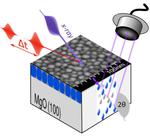
“The latest generation of magnetic hard drives is made of magnetic thin films, which are invar materials. They allow extremely robust and high data storage density by local heating of ultrasmall nano-domains with a laser, so called heat assisted magnetic …
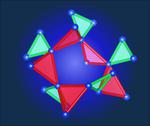
“Quantum Spin Liquids are candidates for potential use in future information technologies. So far, Quantum Spin Liquids have usually only been found in one or two dimensional magnetic systems only. Now an international team led by HZB scientists has investigated …

“Two dimensional titanium carbides, so-called MXenes, are being discussed as candidates for the rapid storage of electrical energy. Like a battery,MXenes can store large amounts of electrical energy through electrochemical reactions- but unlike batteries,can be charged and discharged …
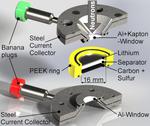
“An HZB team has for the first time precisely analysed how nanoparticles of lithium sulphide and sulphur precipitate onto battery electrodes during the course of the charging cycle. The results can help increase the service life of lithium-sulphur batteries. Lithium-sulphur …
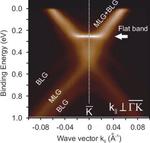
“Scientists at HZB have found evidence that double layers of graphene have a property that may let them conduct current completely without resistance. They probed the bandstructure at BESSY II with extremely high resolution ARPES and could identify a flat …

“The efficiency of a solar cell is one of its most important parameters. It indicates what percentage of the solar energy radiated into the cell is converted into electrical energy. The theoretical limit for silicon solar cells is 29.3 …
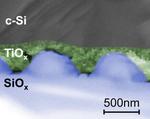
“Thin-film solar cells made of crystalline silicon are inexpensive and achieve efficiencies of a good 14 percent. However, they could do even better if their shiny surfaces reflected less light. A team led by Prof. Christiane Becker from the Helmholtz-Zentrum …

“Scientists at the Helmholtz-Zentrum Dresden-Rossendorf (HZDR) together with colleagues from the Helmholtz-Zentrum Berlin (HZB) and the University of Virginia in Charlottesville, USA have found a way to write and delete magnets in an alloy using a laser beam – a surprising …
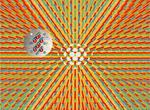
“Specific changes in the composition of kesterite-type semiconductors make it possible to improve their suitability as absorber layers in solar cells. As a team at the Helmholtz-Zentrum Berlin showed, this is particularly true for kesterites in which tin was replaced …

“The nominal cell operating life of perovskite solar cells is strongly influenced by their inner architecture.This was shown by two scientists at the Helmholtz-Zentrum Berlin and the Technical University of Munich. They combined experiments with numerical simulations in order …
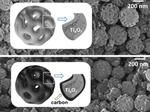
“A team at the Helmholtz-Zentrum Berlin (HZB) has for the first time fabricated a nanomaterial made from nanoparticles of a titanium oxide compound (Ti4O7) that is characterised by an extremely large surface area, and tested it as a cathode material …
